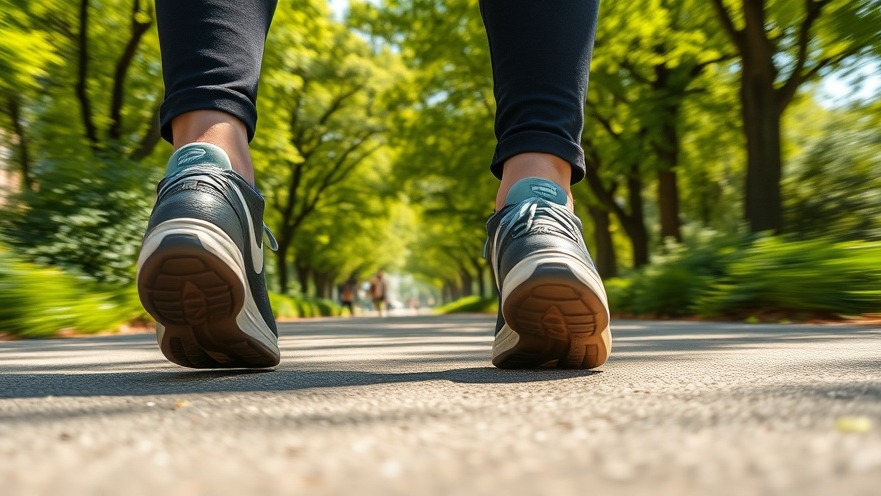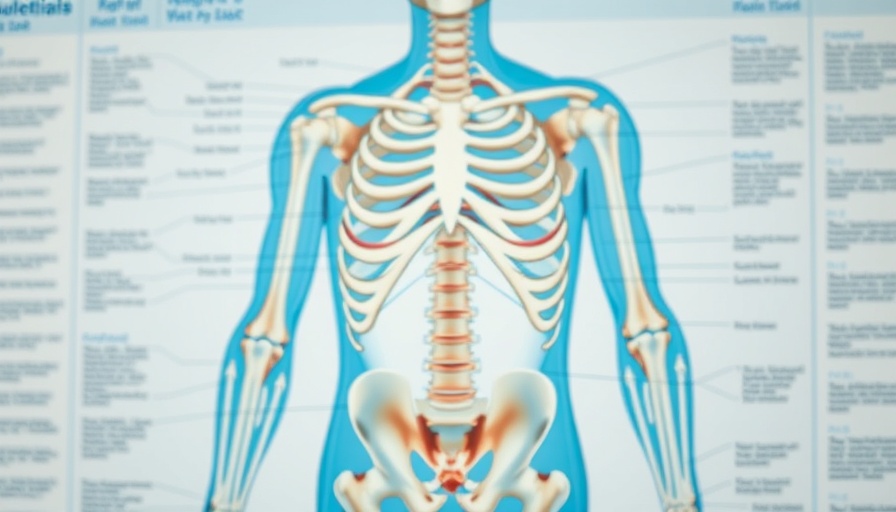
Reimagining the 10,000 Steps: Can 7,000 Steps Be Enough?
For years, the number 10,000 has been the golden standard for daily steps; it’s a goal we’ve been encouraged to hit as part of our fitness routines. However, new research from the University of Sydney suggests that 7,000 steps a day might be the sweet spot for health benefits, slashing the risk of early death by up to 47%. This groundbreaking study challenges the long-held belief that more is always better when it comes to walking.
Understanding the Research: Insights from Global Studies
The comprehensive study is the largest of its kind and encompasses data from 57 studies spanning a decade, involving participants from multiple countries. Diving deep into how everyday movement correlates with health outcomes has revealed that while achieving 10,000 steps can yield great benefits, 7,000 steps are just as impactful. This means that countless individuals who previously felt discouraged by the lofty goal can now approach their health with a more manageable benchmark. The findings highlight that even small increases in activity—from as low as 2,000 steps—can foster meaningful health improvements, encouraging many more to engage in daily walking.
Health Benefits Beyond Longevity: What 7,000 Steps Can Do
Walking is often touted for its benefits to cardiovascular health, mental well-being, and overall longevity. The latest research diverges from the mindset that drastic levels of activity are necessary; rather, it shows that reaching even 7,000 steps daily can significantly enhance eight major health outcomes, including reducing depression symptoms and lowering risks of cardiovascular diseases and dementia.
Walking Adjustments: Smart Tools To Boost Your Steps
Incorporating modern technology can enhance this simple activity. Smart insoles, for instance, are an innovative tool that can track your walking and running patterns, helping to refine your technique and prevent injury. These devices can also assist in monitoring your posture, which can be beneficial for those recovering or looking to avoid surgeries on joints like knees. By being mindful of your walking form, not only can you increase your daily step count, but you can also delay potential knee issues.
Bridging the Gap: Making Walking Accessible
The study's findings are particularly significant for individuals in recovery, as they suggest that walking need not be an overwhelming task to yield results. This accessibility is crucial, as coping with health challenges can often feel isolating. Tools like simple fitness trackers can provide encouragement by showing progress, thus helping to maintain motivation. Additionally, the innovations in footwear technology have paved paths toward preventing conditions like diabetic foot ulcers, allowing for enhanced mobility without sacrificing health.
The Future of Walking: A Simple Step Towards Change
As we embrace this new perspective on fitness, the focus shifts toward quality over quantity—acknowledging that every step matters. The trend of valuing manageable goals reflects a broader movement toward realistic health standards; we are encouraged to understand that integrating movement into our daily lives is not only doable, but essential. Engaging with activities like walking opens up avenues for connection and mental health benefits, highlighting its invaluable role in developing a sustained and healthy lifestyle.
Take the First Step
With such powerful findings underscoring the importance of walking, consider setting your own achievable walking goal. Remember that even small steps can lead to significant changes. So, whether it's a stroll around the block or a few laps in your living room, every movement brings you closer to a healthier life. Get inspired, lace-up your shoes, and make those 7,000 steps count!
 Add Row
Add Row  Add
Add 




Write A Comment